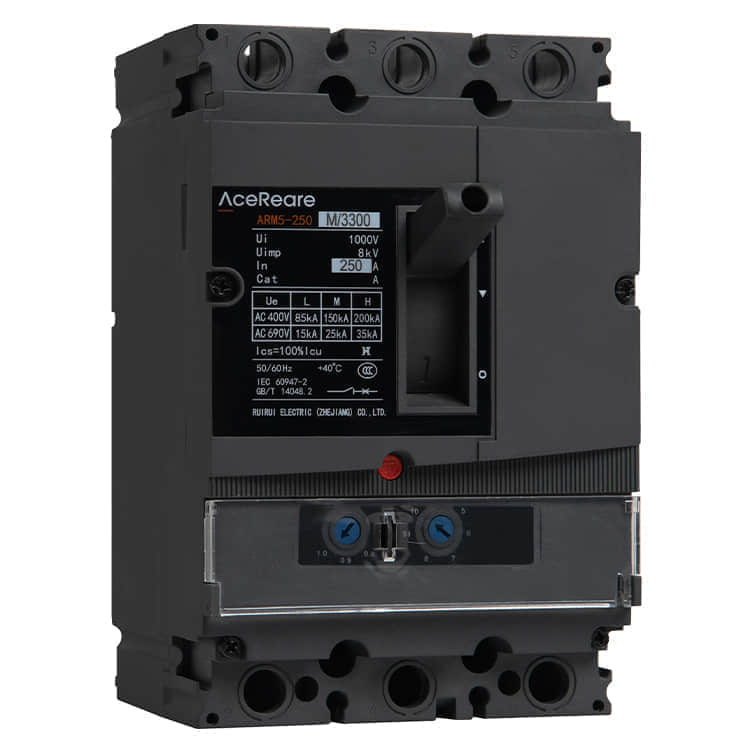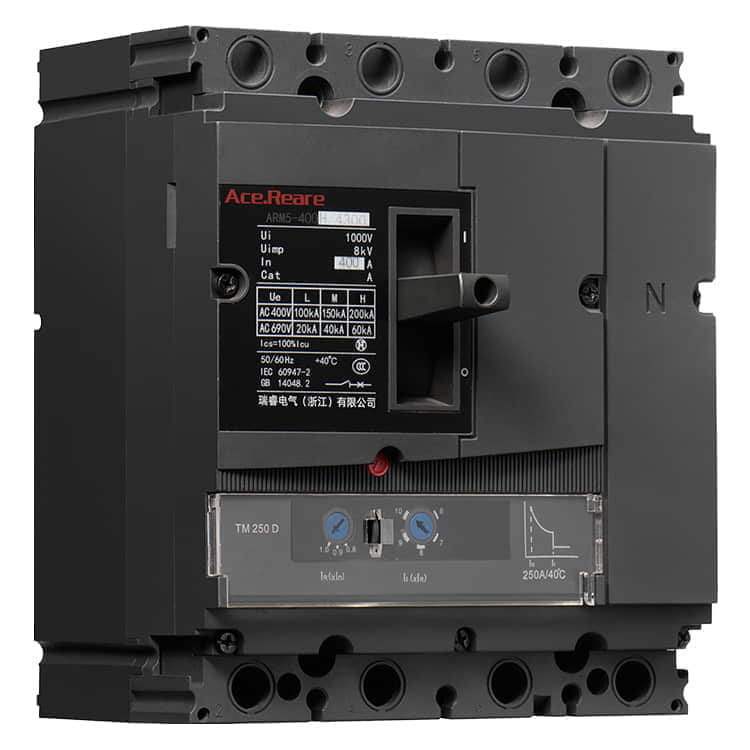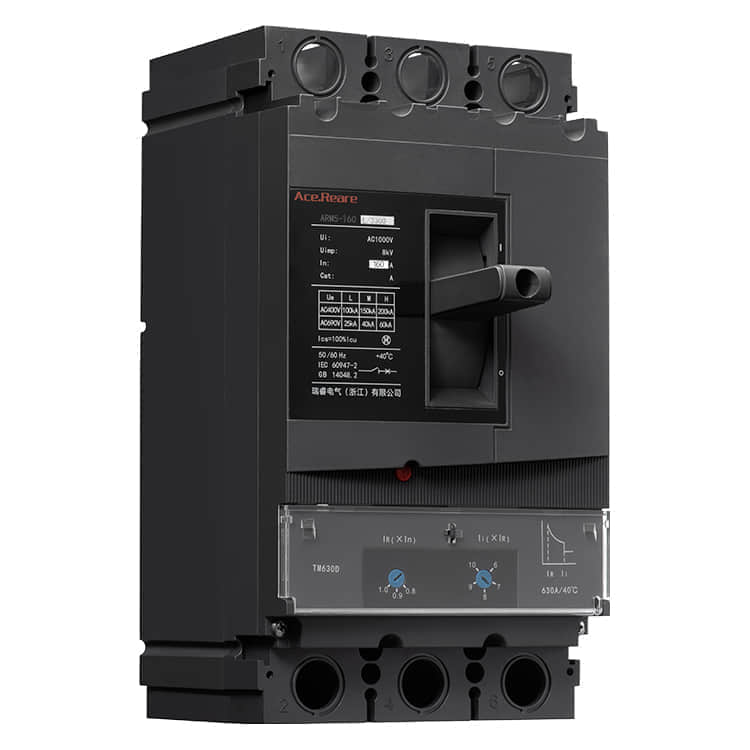In the realm of electrical systems, safety and reliability are paramount. One of the critical components ensuring these aspects are Double-Breaker Moulded Case Circuit Breakers (MCCBs). These devices play a vital role in safeguarding electrical circuits and preventing damage or danger due to overloads and short circuits. In this article, we will delve into the world of MCCBs, exploring their functions, advantages, and applications.

Introduction to Double-Breaker MCCBs

MCCBs are a type of circuit protection device commonly found in industrial, commercial, and residential settings. They are designed to disconnect electrical circuits swiftly in case of overcurrents, preventing damage to equipment and potential fire hazards. Double-Breaker MCCBs take this functionality a step further by featuring two separate circuit breakers within a single housing. How Double-Breaker MCCBs Work The core function of a Double-Breaker MCCB is to interrupt the electrical current when it exceeds a predetermined threshold. These thresholds can be adjusted to suit specific applications. The “double-breaker” aspect means that there are two separate sets of contacts within the MCCB, allowing for redundancy and improved safety. When a fault or overcurrent occurs, the Double-Breaker MCCB’s contacts open, effectively breaking the circuit. The presence of two sets of contacts ensures that even if one set fails to operate due to mechanical issues or excessive current, the other set can still perform the disconnection. This redundancy minimizes the chances of electrical faults going undetected and enhances the MCCB’s overall reliability. Advantages of Double-Breaker MCCBs Enhanced Reliability: The dual-contact design ensures a higher degree of reliability in disconnecting the circuit during overcurrent events. Adjustable Trip Settings: Users can adjust the trip settings to match the specific requirements of their electrical systems, providing flexibility and customization. Reduced Downtime: With the ability to quickly and effectively interrupt power during faults, Double-Breaker MCCBs minimize downtime and prevent damage to equipment. Improved Safety: Double-Breaker MCCBs offer a robust safety solution by reducing the risk of arc flash incidents and fire hazards. Remote Monitoring: Many modern MCCBs are equipped with remote monitoring capabilities, allowing for real-time status checks and proactive maintenance. Applications of Double-Breaker MCCBs Double-Breaker MCCBs find extensive use in various industries and applications, including: Manufacturing: They protect critical machinery and production lines from electrical faults, ensuring uninterrupted manufacturing processes. Commercial Buildings: MCCBs are commonly employed in commercial buildings to safeguard lighting and power distribution systems. Data Centers: Data centers rely on MCCBs to protect servers, networking equipment, and power distribution systems. Renewable Energy: Wind farms and solar installations use MCCBs to protect inverters and other vital components. Mining: In the mining industry, MCCBs are essential for protecting electrical systems in harsh and demanding environments. Conclusion Double-Breaker Moulded Case Circuit Breakers are unsung heroes of electrical systems, providing a crucial layer of protection against overcurrents and electrical faults. Their double-breaker design offers enhanced reliability and safety, making them a preferred choice in various applications. As technology continues to advance, MCCBs will likely play an even more significant role in ensuring the safety and reliability of electrical systems across industries.
